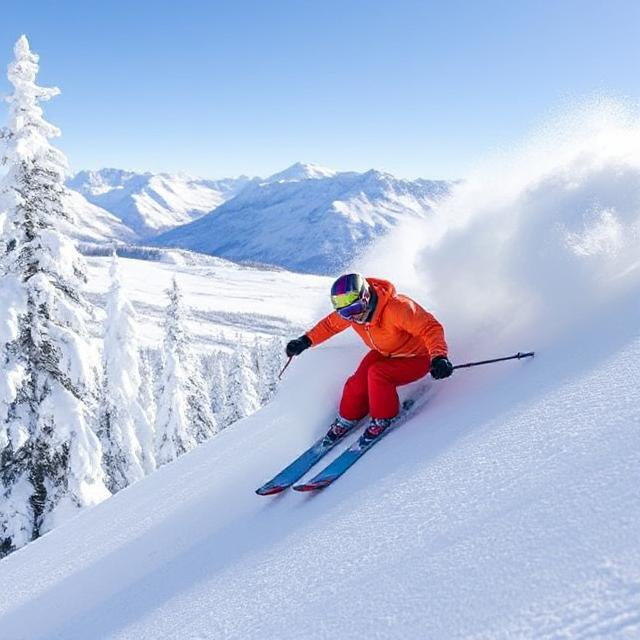You’re cruising blues and eyeing those crisp arcs left by confident carvers. Want to learn how to carve on skis without slipping or scraping your way down? You’re not alone. Most intermediate skiers get stuck skidding their turns. It feels safer, sure, but it also stalls your progress. Carving is where skiing gets smooth, fast, and fun.
To move forward, you’ve got to stop forcing the turns and start letting the skis do what they’re built for. That means understanding how to carve on skis with proper ski carving form, getting comfortable with edge angles, and choosing the best skis for carving. Whether you’re trying to dial in how to edge your skis better or figuring out the real difference between carving vs skidding, this is where things start to click.
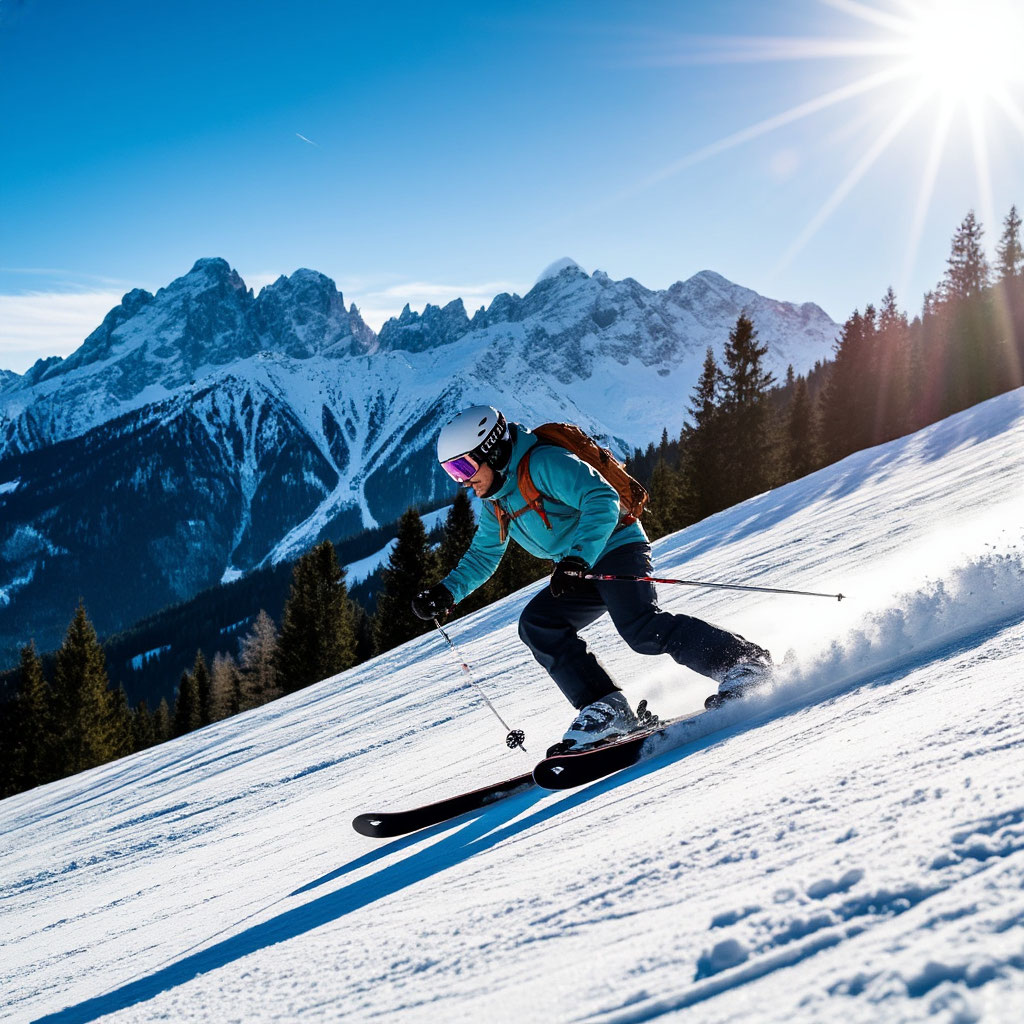
Carving 101: How to Get Those Perfect Arcs
Clean arcs aren’t about effort. They’re about trust—trust in your stance, equipment, and timing.
If you’re wondering how to carve on skis correctly, it begins with positioning and movement, not brute force. Avoid twisting at the waist or jabbing your shoulders. Instead, feel your weight centered—not back, not diving forward. The sweet spot is over your midfoot.
Ease into the turn. Let your knees drift toward the slope. As the edge bites, build pressure steadily. That’s when the ski’s shape engages. You don’t push; you follow. This is when you understand the real contrast between controlled carves and skidded turns.
Speed matters, too. Without it, your edges can’t grip. On steeper slopes, your skis hold better, making carving come alive. Slow down your thinking. Allow turns to unfold naturally. Focus on edge sensation, smooth transitions, and the line ahead—not your boots, but your trajectory.
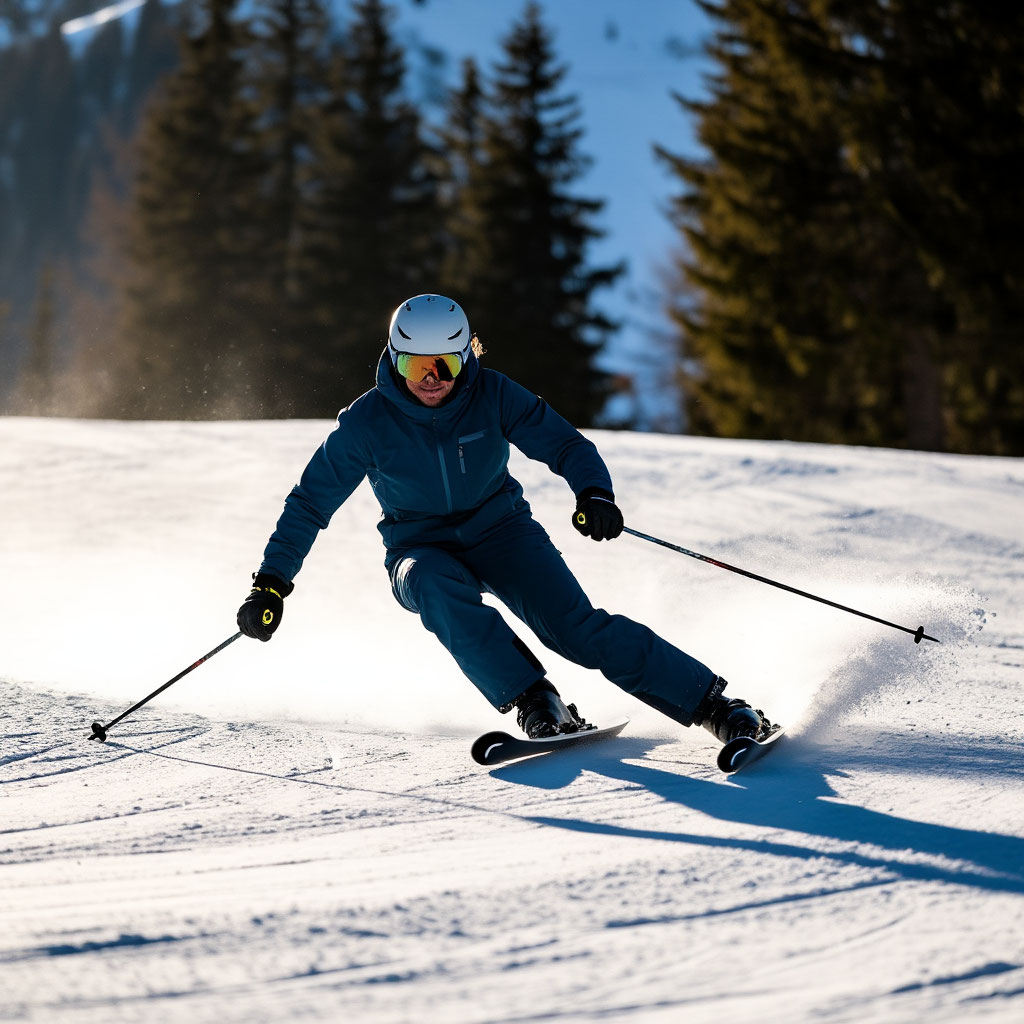
Body Position Secrets for Effortless Carving
Carving is fluid, yet many skiers tighten up or oversteer with their upper body, throwing everything off.
You want a stance that’s relaxed but ready. Knees soft, ankles flexed, hips grounded. Hands forward—not flailing or limp. Think of balancing a tray out in front. This steadies your upper frame and supports clean movement.
Here are some essentials for ski carving form:
- Press shins gently against your boot tongues
- Look where you’re going, not at your feet
- Engage edges from the ground up, beginning at the ankles
- Keep a steady flow through each arc
- Complete one turn before starting the next
Once you dial in these habits, your posture adjusts naturally. You’ll feel more connected to the terrain. Turns start linking, and movements simplify.
You’ll also sense when something slips—like an unexpected skid mid-arc. That body awareness is key. The more your balance sharpens, the less you’ll dwell on carving vs skidding. It becomes instinct.
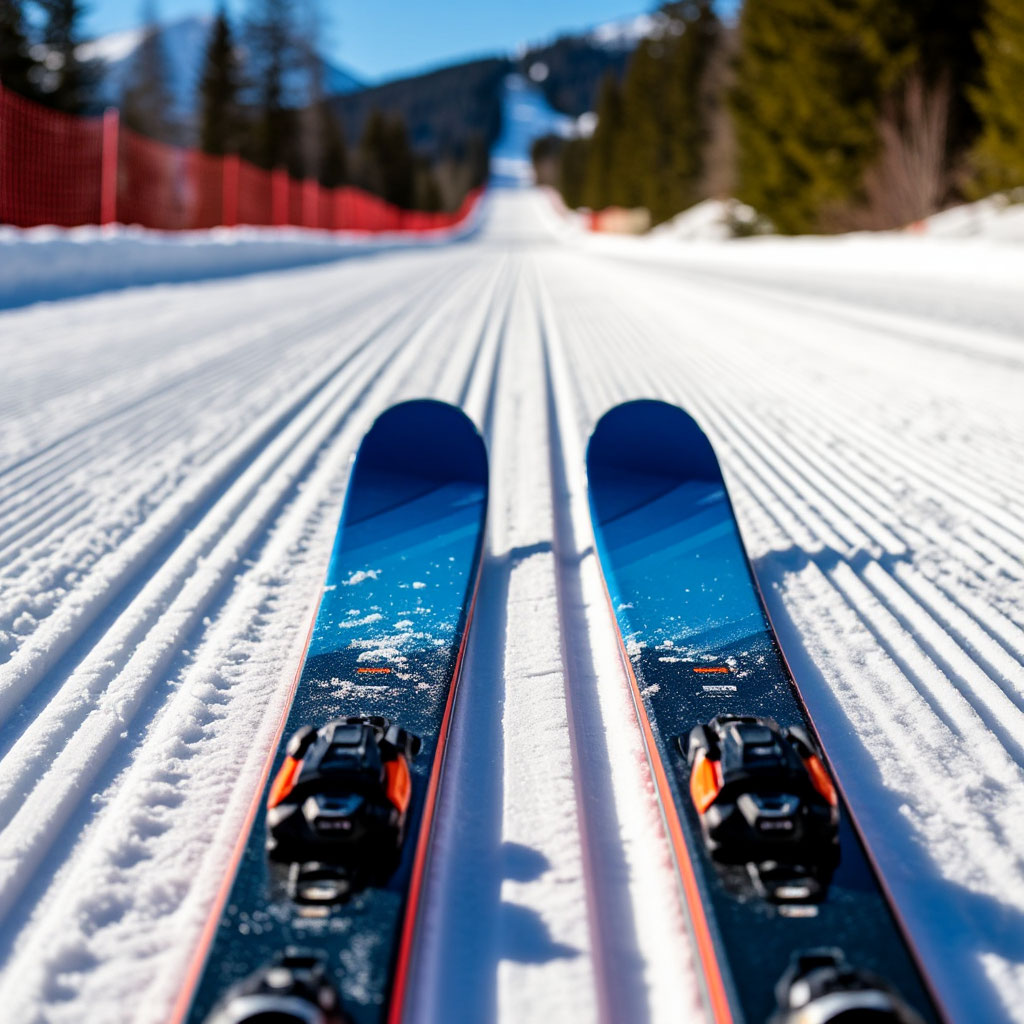
Skis That Make Carving Easier (And Why)
Gear isn’t everything, but it plays a big role. If you’re trying to carve using soft, wide rentals, you’re in for a challenge. Carving skis are crafted for grip and control.
When picking the best skis for carving, look for:
| Feature | Why It Helps |
|---|---|
| Waist width (65–85mm) | Snappy edge-to-edge transitions |
| Stiff flex pattern | Reliable hold on hard snow |
| Deep sidecut | Naturally pulls you into turns |
| Slightly shorter length | Smoother handling for linked arcs |
| Traditional camber | Constant edge contact with the surface |
The ideal skis make carving easier by design. The best skis for carving seem to guide you through turns with minimal effort. It’s not magic—it’s geometry, flex, and edge precision working together.
If your current setup feels slippery or unstable, inspect your edges or try something more tailored. With better tools, learning how to carve on skis becomes far more natural.
Whether you prefer race-inspired performance or all-mountain versatility, matching your gear to your style speeds up your improvement. Confidence follows every successful carve.
Carving vs Skidding: The Core Differences
Let’s break it down. Skidding and carving aren’t just different techniques—they’re completely separate approaches. Skidding is defensive. You’re checking speed, staying cautious, often too far back. Carving is committed. It’s about flow, edge use, and letting your skis lead.
Skidding has uses—bumps, icy spots, or narrow trails—but if it becomes your default, it holds you back. Want to level up? Read the snow, trust your edges, and sense when the skis want to take control.
Good ski carving form naturally reduces unintentional skids. By aligning your body and applying the right pressure, you start trusting the equipment. Eventually, the contrast between carving vs skidding fades away. One just feels better.
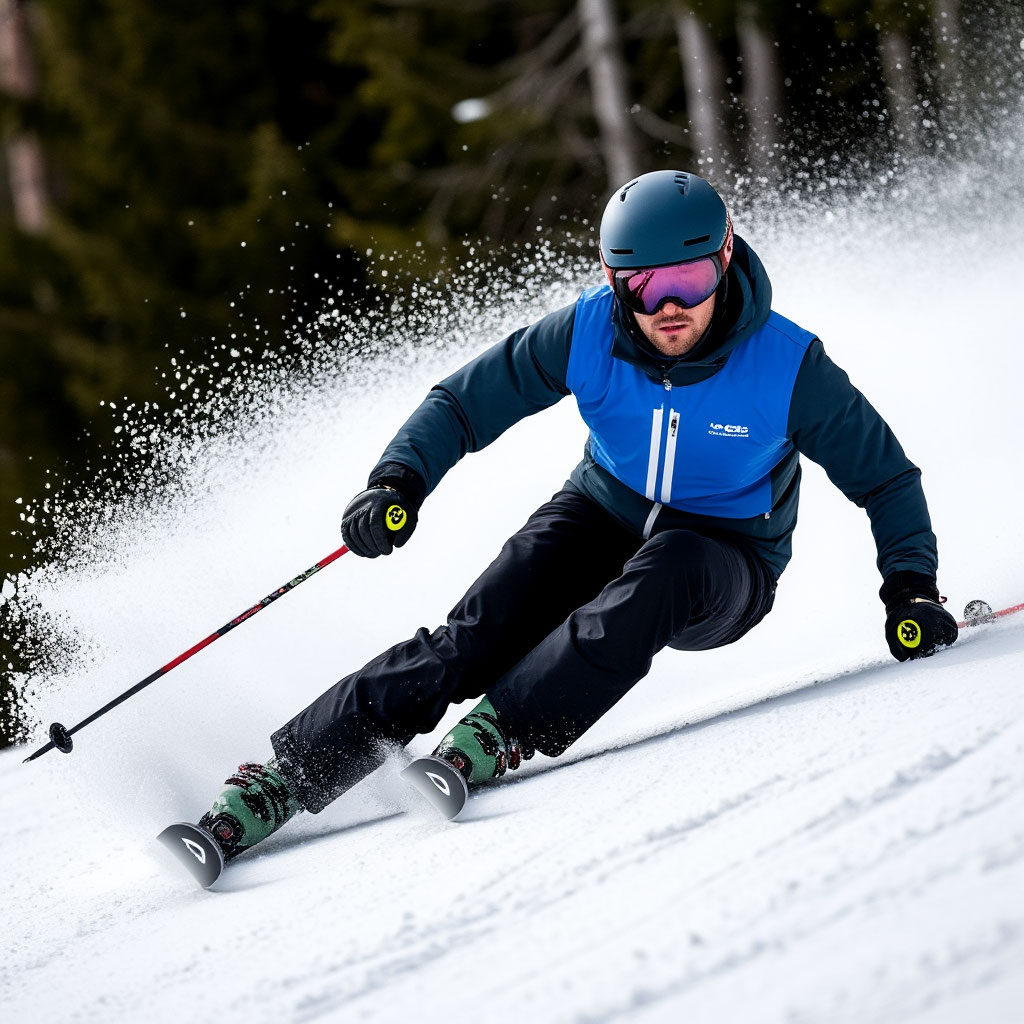
Why You’re Still Skidding (And How to Stop)
If your skis feel like they’re sliding sideways more than they’re turning clean, you’re not actually carving — you’re skidding. A lot of skiers stay stuck in this phase for years. The problem isn’t speed or strength. It’s form. Learning how to carve on skis means learning how to let the skis do the turning — not dragging them around.
Skidding happens when your weight isn’t centered. If you’re leaning too far back or rotating with your shoulders, your skis lose their grip. That’s when they slide instead of slicing. The difference between carving vs skidding turns often comes down to commitment. Edging halfway won’t cut it.
To fix it, focus on body position first. A centered stance gives you control. Use your lower body to guide the skis — keep the upper body quiet. When you start pressuring the downhill ski correctly, your edges will hold. That’s key for proper ski carving form.
If you want to stop skidding, don’t rush the turn. Smooth edge engagement matters more than how fast you move. Look ahead, ease into the edge, and build pressure gradually. As you practice how to edge your skis better, you’ll start feeling the ski carve rather than slide. That feeling? It means you’re doing it right.
You don’t have to be a racer to enjoy pure arcs. Carving is for everyone. It takes mindset, the right setup, and growing comfort with control.
Take your time. Feel the grip. Let the skis turn rather than muscling them through. One smooth carve flows into the next. With practice, it all becomes second nature.
Stick with good ski carving form. Ask if your skis are working for you or against you. Revisit what defines the best skis for carving. And let your improving edge technique show you the real value in carving vs skidding.
Mastering how to carve on skis is about finding rhythm, not chasing perfection. Once you feel it, you won’t want to go back.
Tags: Skis, Techniques